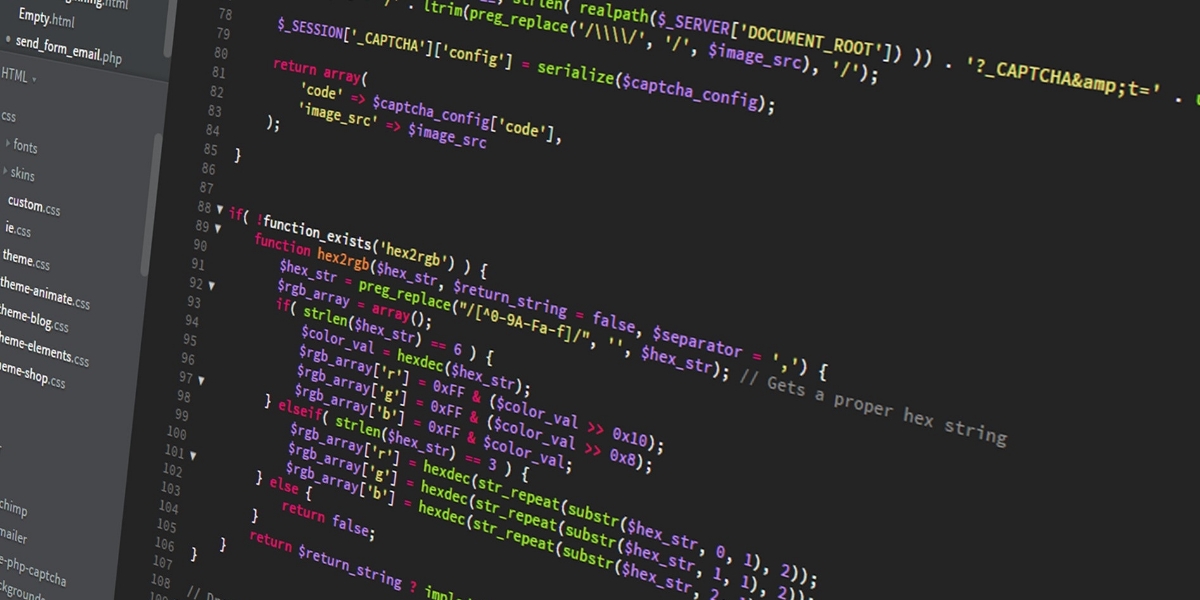The popularity of mobile apps doesn’t show any sign of decline, with many businesses and entrepreneurs eager to develop their own app. Some require assistance in maintaining and improving an existing mobile app. For product managers, this is a double edged sword; creating a brand-new app and ensuring its success may be both exciting and overwhelming.
App execution is not simple as it seems. Below, we break down the complicated mobile app development process into 10 logical, achievable steps.
1. Purpose of the app
Since July 2008, when Apple first launched the iPhone App Store and Google’s subsequent launch of its own version (Android), approximately 4 million apps have been made available across both platforms, but very few apps have survived the market.
So before you and your team embarks on the journey of building a mobile app, you must be able to answer what unique value your product will bring to the already-cluttered app marketplace.
2. Know your end users
Once you have articulated the reason for creating a mobile app, you need to identify and understand your target users. Discover as much as possible about your target user: age, gender, family size, occupation, location, likes/dislikes, cultural values, spending habits, comfort level with technology, and average usage of mobile apps.
Conducting market research and developing personas will allow you to gather most of this information, still you must go a bit deeper. Not only should you be able to describe who you want to use your app, you need to understand how they will use it.
3. Features to include
Next comes selection of features and mapping out how users will engage with them. Selection of features should be guided by the specific activities and tasks you have determined to be key to your product, and by the characteristics of your audience.
4. Ways to introduce your app to new users
First impressions count. You could design the most beautiful app in the entire world with the very best features, but if your user onboarding process is not smooth, your product will be unsuccessful.
If a user has a positive first-time experience with your product, they are more likely to return. So, the onboarding experience must be tailored to highlight your app’s key features.
5. Define your plan to generate revenue
Every app needs to make money. To achieve this, your team may choose from various commonly used approaches in the app marketplace. Both Apple and Android
app developer websites provides information on how to strategically price and market one’s mobile app.
6. Teamwork makes the dream work
In general, the entire app development process takes about 18 weeks, with each stage presenting unique challenges. The components are not developed in isolation: which requires constant communication between the product manager and team members.
As a product manager, it is mandatory to reflect on your role and take inventory of the skill sets that you and your teammates each possess.
7. Front-end & back-end
Mobile app development can be roughly divided into two parts, in terms of programming,: Front end and back end.
Anything that a user can see, touch, manipulate and engage is ‘front end’ and the invisible foundation on which an app rests is “back end”. Front end developers use the HTML, CSS, and JavaScript programming languages, and work alongside the user experience designing team. Back end developers develop the product’s server, application, and database that together allow for data exchange and storage to take place on the app. Developers must ensure ease of communication between these two components, otherwise the front end would not function.
8. User experience & user interface
At the end of the day, your team should guide the user right from opening your app to completing the desired behavior, e.g. purchasing an item, in the quickest, most appealing way possible.
To achieve this, a product team must consider the user experience(UX) and the user interface(UI) features of the app.
9. Analytics and leveraging user data
Before the launch of your app in the virtual marketplace, it is critical to install a mobile analytics product. Mobile analytics software gives information about how people are using your app after downloading it. Common data collected include user session activity, his geographic location, actions taken by users while using your app, the parts of your app that users spend the most time in, records of app crashes and potential system bugs. A good analytics system will allow you to monitor your product and take it to the next level.
10. App launch and beyond
Once a mobile app is made available on the marketplace, it is the time to watch, listen and learn how your product is faring. Thus it is important to develop a marketing strategy long before the anticipated launch.

